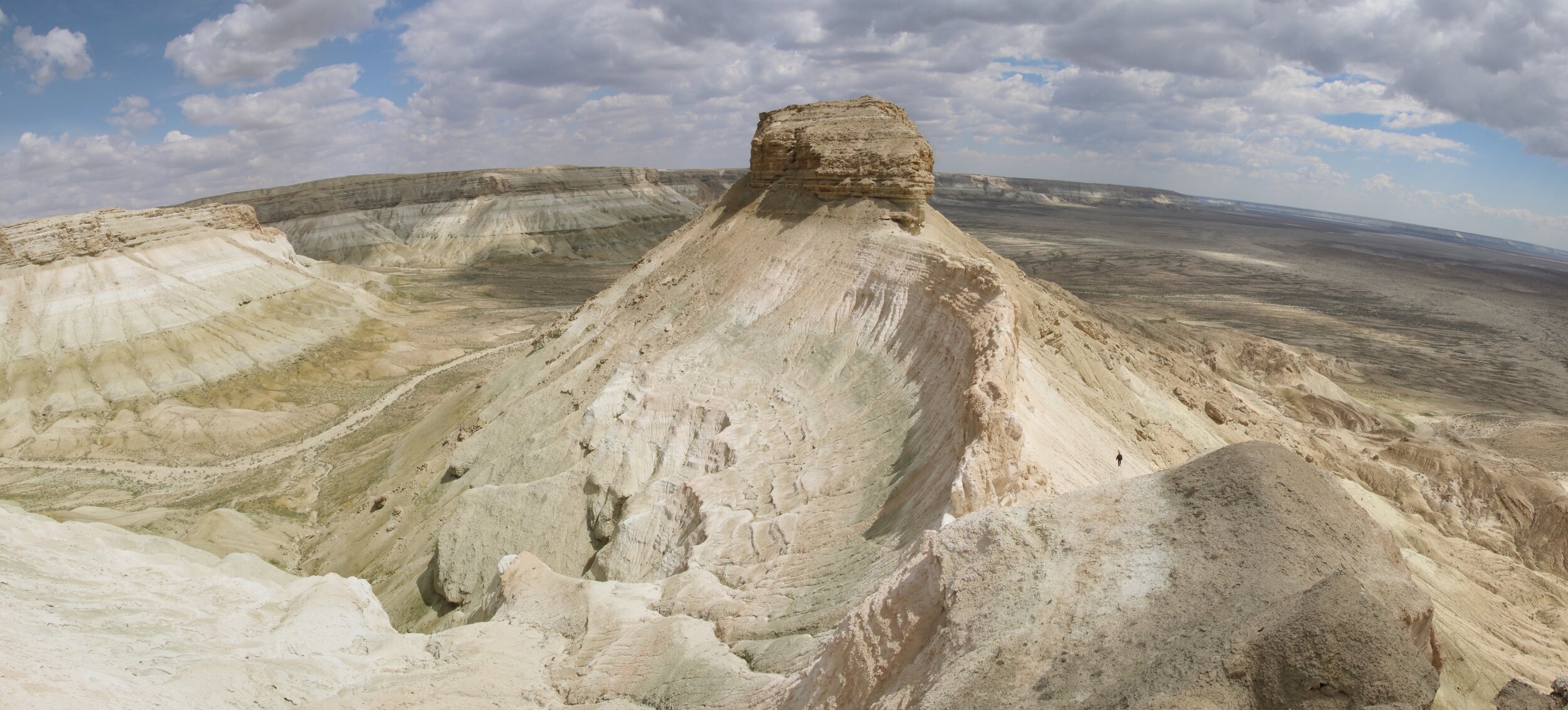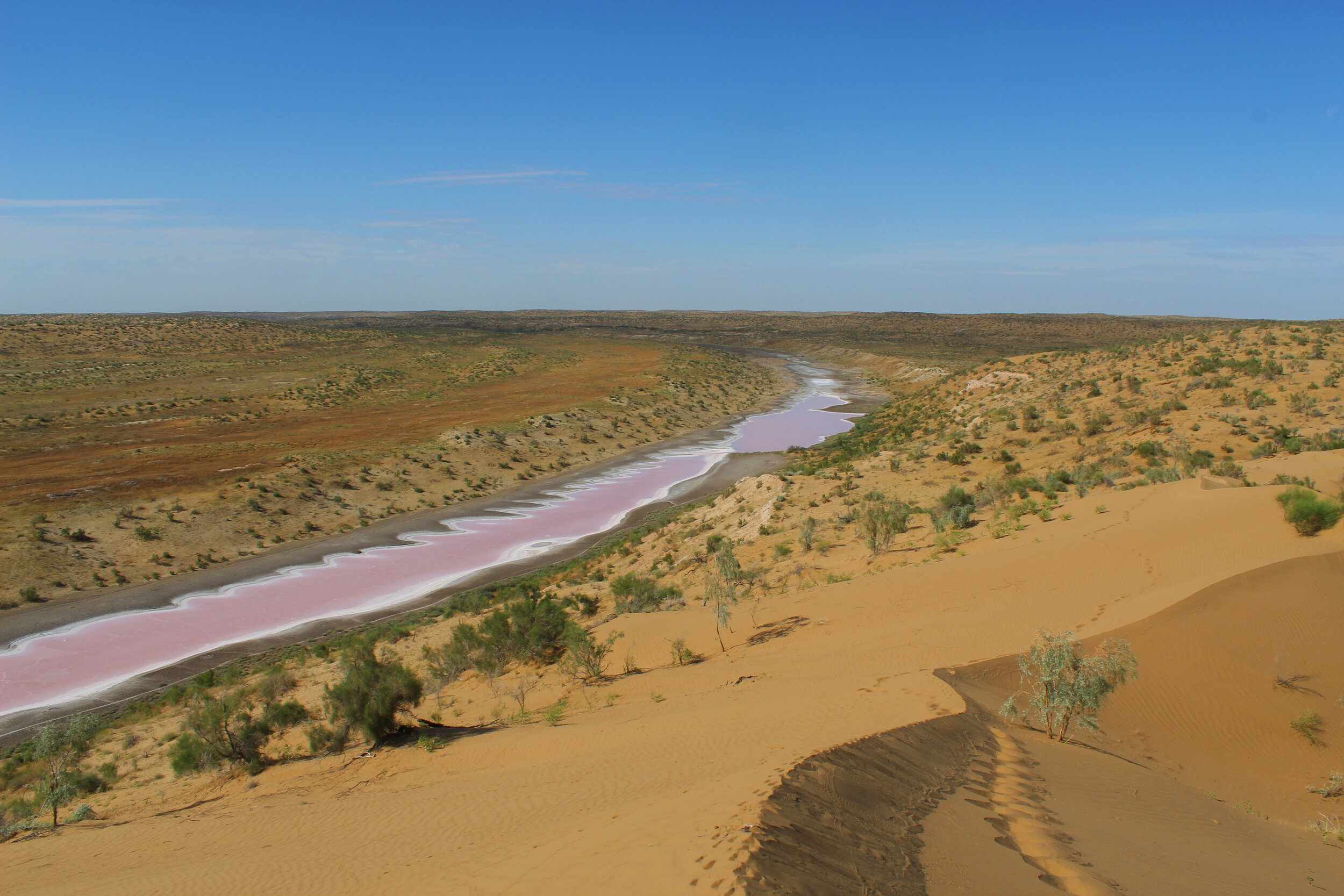A group of spectacular mountain and desert landscapes were targeted, assessed, and recommended by the International Union for the Conservation of Nature’s (IUCN) World Heritage Program for Natural Heritage Site listing under the World Heritage Convention. The Cold Winter Deserts of Central Asia as they were described in the report cover the five Central Asian countries of Tajikistan, Uzbekistan, Kazakhstan, Kyrgyzstan, and Turkmenistan.
The IUCN is the world’s largest international conservation organization as well as the official advisory body on nature under the World Heritage Convention from the UN. As such they occasionally produce reports on the potential different landscapes have for Natural Heritage Site status.
While sites like the Pyramids, Paris, Machu Picchu, and the Great Wall of China are famous World Heritage Sites for cultural value, Natural Heritage Sites have a different set of criteria, such as being an outstanding example of biological processes including the evolution of plants and animals, geological evolution, specifically as they relate to certain geological periods, or vitally important areas for conservation and biological study.
Famous Natural Sites include:
In this case the IUCN produced the report based on a decision from the convention to identify sites that specifically meet criteria (ix) and (x). In World Heritage jargon, (ix) means the site represents an outstanding example of ongoing biological processes, especially as it relates to the evolution of plants and animals in a certain environment, while criteria (x) refers to a site that’s extremely valuable for research into certain plants, animals, and ecosystems, and for their conservation.





